.png)
Feeling the pressure to make your school budget go further?
Challenge us to train your staff for less than the cost of a cup of coffee...
School budgets continue to be cut despite increasing requirements for funding. We're on a mission to help as many schools and educational institutions as possible reduce the cost of their statutory Safeguarding and Duty of Care training. Online learning is a great way to deliver cost-effective essential training, and thanks to our unique pricing model we believe you should never have to pay more than £2 per-learner, per-course, and definitely less than a Flat White!
Take the Coffee Cup Challenge today by filling in the form, and we'll provide you with a quote.
Equals Trust Schools saved almost 60% on their training costs with EduCare.
Why choose EduCare?
Specialists in the provision of safeguarding and duty of care training
High-quality training - updated to reflect the latest guidance & legislation
More than 30 CPD certified courses for safeguarding and duty of care
Unlimited access to unlimited delegates
Full, online accreditation and reporting suite included
97% of our customers would recommend us
Unique pricing model based on pupil-roll numbers saves you money
What is EduCare for Education?
Our EduCare for Education online training package contains over 30 essential Safeguarding and Duty of Care training courses and is available on an unlimited basis for a whole school (or educational institution) for one annual price that is based on pupil roll numbers. Click the coloured links below to see all the courses included in our EduCare for Education package.
What's included?
Safeguarding Courses
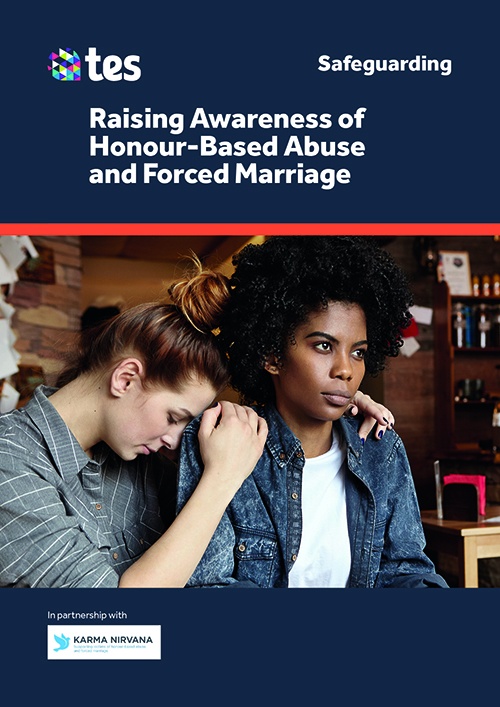
Raising Awareness of Honour-Based Abuse and Forced Marriage
Whilst growing up, a child may be taught that a set of behaviours are deemed to be honourable. If they display any dishonourable behaviours they may be abused by their family or members of their community as punishment. This course was written in partnership with Karma Nirvana, a national award-winning charity that supports both men and women affected by forced marriage and/or honour-based abuse.
Read more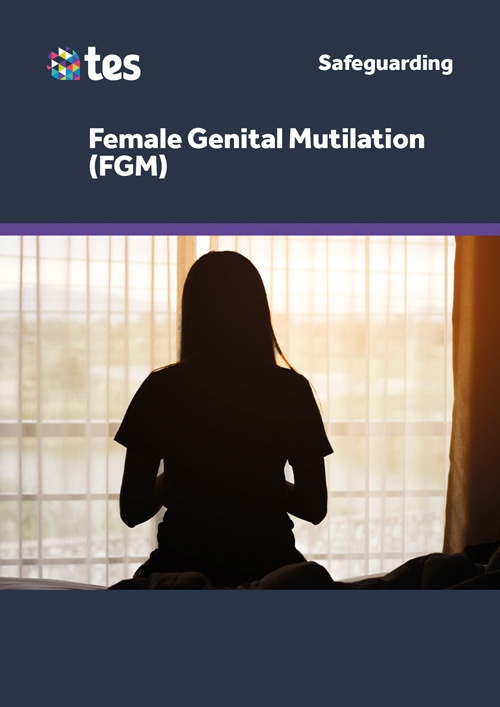
Female Genital Mutilation Awareness
This course will provide a thorough guide to help those working with young people spot the signs that Female Genital Mutilation (FGM) has taken place, or signs that it will take place.
Read moreRaising Awareness of Honour-Based Abuse and Forced Marriage
The purpose of this course is to help you:
- understand what honour-based abuse is
- understand the difference between a forced marriage and arranged marriage
- understand the prevalence of this type of abuse
- understand which communities are affected
- recognise what laws exist to protect people
- be aware of early signs that might indicate abuse
- know what action to take if you know or suspect that a young person is at risk
- understand the motives and consequences of forced marriage
- know what support is available.
Female Genital Mutilation Awareness
This course covers:
- Understand what the law states regarding FGM and the mandatory reporting duty
- Learn the prevalence, consequences and different types of FGM
- Recognise the signs that FGM has taken place, or signs that a girl is at risk
- Learn the roles and responsibilities of professionals.
- Understand the importance of working together
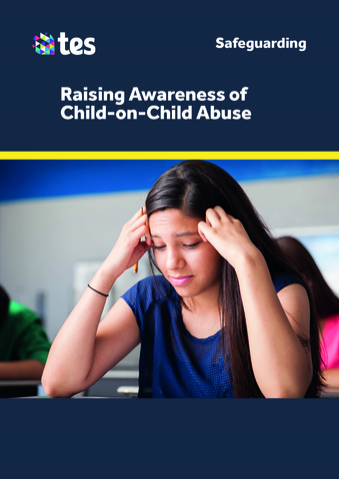
Raising Awareness of Child-on-Child Abuse
Child-on-Child abuse is any form of physical, sexual, emotional, financial, and/or coercive control exercised between children and young people; this includes intimate and non-intimate relationships.
Read more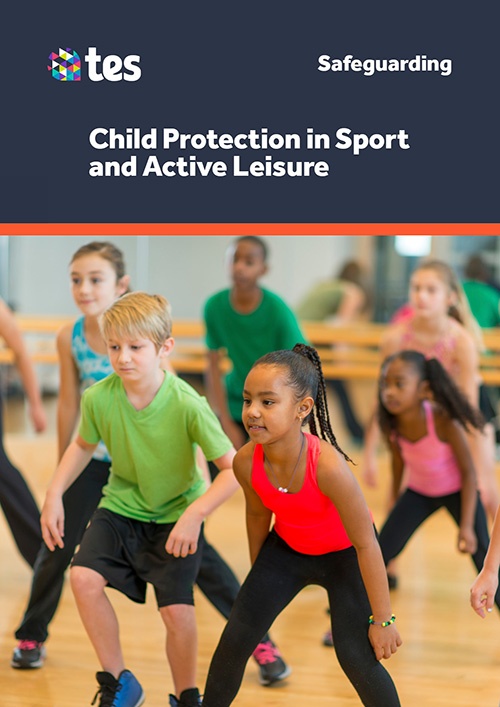
Child Protection in Sport & Active Leisure
Encouraging children and young people to participate in sport or physical activity has countless benefits, ranging from improved physical and mental health to promoting friendships and building confidence. Voluntary organisations, and public and private sector providers play an important role. Anybody involved in organising, delivering or supervising sport and active leisure activities has a responsibility for child protection.
Read moreRaising Awareness of Child-on-Child Abuse
The purpose of this course is to help you:
- understand what peer-on-peer abuse is
- understand the different types of child-on-child abuse
- understand who child-on-child abuse may affect and what external influences there are
- be aware of the prevalence of child-on-child abuse
- understand social norms and peer pressure
- recognise early signs that might indicate abuse
- know what action to take if you know or suspect that a young person is experiencing abuse
- implement preventative strategies within school or college.
Child Protection in Sport & Active Leisure
This course will help to raise your awareness of abuse and neglect, to recognise early signs that might indicate a problem and show you how to take action if you know or suspect that a child or young person needs help.
This CPD training and is also endorsed by Kidscape and Family Lives who are leading experts in child protection.
This
- child development
- categories of child abuse
- responding to abuse and creating a safe environment
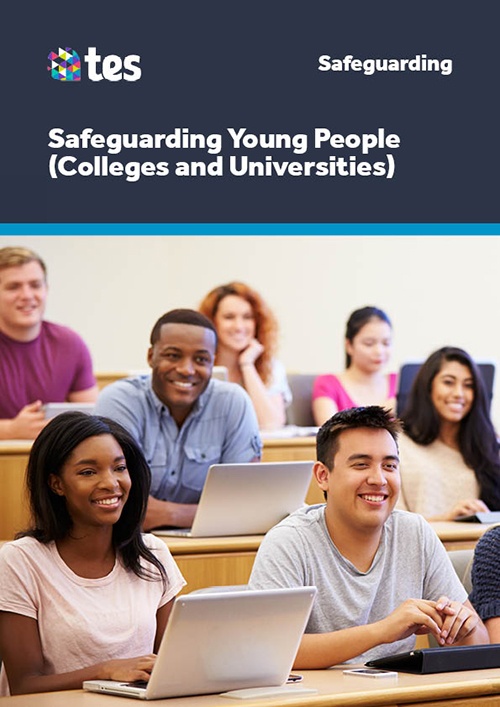
Safeguarding Young People (Colleges & Universities)
Safeguarding Young People (Colleges and Universities), endorsed by established youth organisations, provides the key information needed to help raise your awareness of young people who may be vulnerable because of their age, relative inexperience, past abusive experiences or current circumstances.
Read more 500x707 (2)_500.jpg)
Child Neglect
This three-module interactive course is for anyone who works with children and young people in education settings up to the age of 25.
Read moreSafeguarding Young People (Colleges & Universities)
This one module course delivers one CPD hour and comprehensively covers:
- who may be vulnerable
- the signs and indicators of abuse
- what to do if a young person confides abuse to you
- the importance of acting on your concerns, suspicions or a disclosure
Child Neglect
Course content
Module 1 Understanding neglect
- Introduction to the basic forms of neglect and examples of circumstances parents whose children are neglected may be experiencing.
- The prevalence of neglect in comparison to other types of maltreatment in the UK.
- The Assessment Framework to identify a child’s essential developmental needs, and what dimensions these cover.
- Children’s key developmental milestones.
- Identifying neglect in older children.
- Scenarios to illustrate that what you see is not always the truth.
- The impacts of what harm neglect can do; how it can affect and damage children in key developmental areas such as social, physical and emotional development.
Module 2 Why are children and young people neglected?
- The key components of effective parenting using the Assessment Framework model.
- Examples of factors that can make parenting neglectful, either intentionally or by omission.
- Examining practices which harm children and young people with disabilities.
- Information regarding children and young people who are especially vulnerable; such as young carers, and looked-after children and young people.
- Other risk factors; based on research focusing on mothers and fathers.
- Resilience and protective factors that can mitigate against risks that children and young people face.
- Scenario to consider how a child could be effected in a particular situation.
Module 3 Recognising and reporting child neglect
- The signs and indicators that should alert you to the possibility a child or young person is being neglected at different age-specific developmental milestones. Understanding what possible signs and indicators to look for in infants and toddlers, young children of school age, and adolescences.
- Parental neglect during adolescence and its possible consequences.
- Examining barriers to reporting and recognising neglect.
- Offering support; identifying when it is appropriate to talk to parents and how to start or encourage young people to have honest conversations.
Best practises for reporting neglect; information regarding organisations that can be contacted and universal principles that should be recorded within your own organisation.
_500.jpg)
The Prevent Duty
This course is designed to build your understanding of extremism and radicalisation, how people may be drawn into terrorism and what you should do if you have a concern.
Read more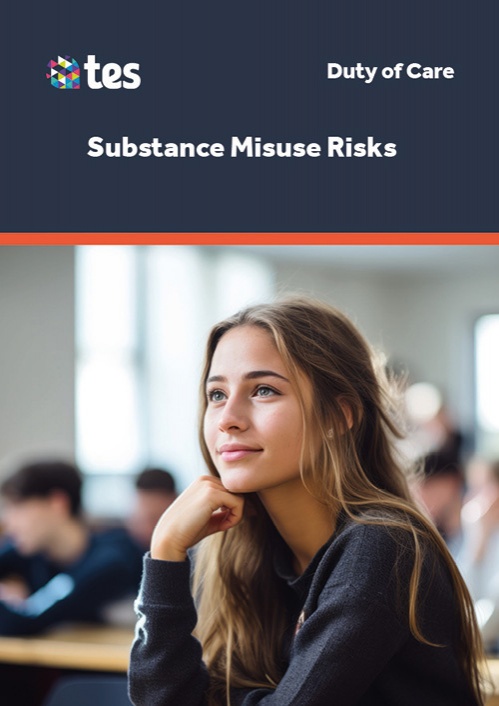
Substance Misuse Risks
The aim of this two-module course is to increase school staff’s awareness of what substance misuse is and recognise the early indicators of misuse.
Read moreThe Prevent Duty
This one module course delivers one CPD hour and comprehensively covers:
- what Prevent is
- what extremism and radicalisation are
- who may be vulnerable
- how people may be drawn into terrorism
- how messages are spread
- reporting concerns.
Substance Misuse Risks
The modules in this course will cover the following content:
- What is Substance Misuse?
Module one explores the different categories of drugs, their effects, the prevalence of drug use, and why young people may use them.
- Responding to Children’s Needs around Alcohol and Drugs
Module two explores how to recognise the early indicators of misuse, the role of the school, good practice in supporting struggling young people, and what agencies and professional support services you can signpost to.
Reflective questions throughout the course offer learners additional opportunities to think about their understanding of appropriate disciplinary action within school and consider how they create a safe, inclusive working environment.
(1)_500.jpg)
Preventing Bullying
The purpose of the course is to help you understand, recognise and prevent bullying behaviour.
Read more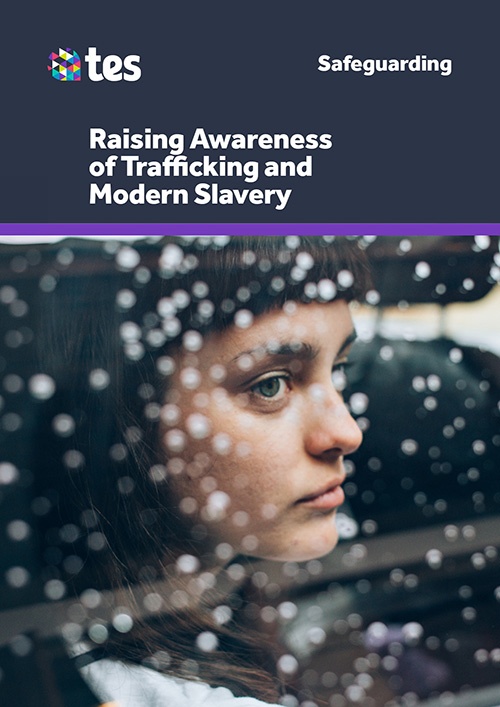
Raising Awareness of Trafficking and Modern Slavery
The term modern slavery acknowledges the fact that millions of people are still held in conditions of slavery and servitude globally – including in the UK. This course raises awareness of this issue.
Read morePreventing Bullying
At the end of the course, learners will:
- Understand what bullying is, including the five components of bullying behaviour
- Identify who may be affected by bullying, as there are some groups of people who are likely to be more affected than others
- Understand the role technology can play in bullying behaviour (cyberbullying)
- Be able to recognise a child who may be being bullied and understand the damaging physical and emotional effects
- Be able to put actions in place to tackle bullying in their organisation or setting
Raising Awareness of Trafficking and Modern Slavery
The purpose of this course is to help you understand:
- What modern slavery and trafficking are
- Different types of trafficking
- Who trafficking affects
- The Modern Slavery Act 2015
- Internal trafficking and county lines
- How to spot the signs of trafficking
- How to report concerns about a trafficked child or adult
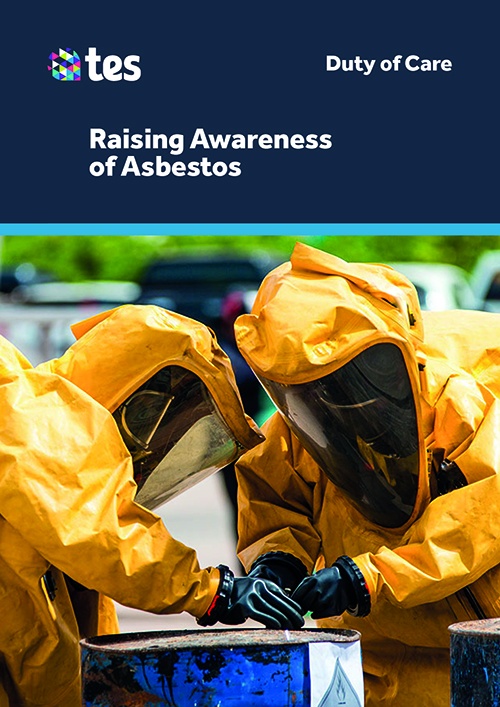
Raising Awareness of Asbestos
The purpose of this course is to help you understand what asbestos is, where it was used and the reasons why. It also covers asbestos regulation and good management for when asbestos is present.
Read more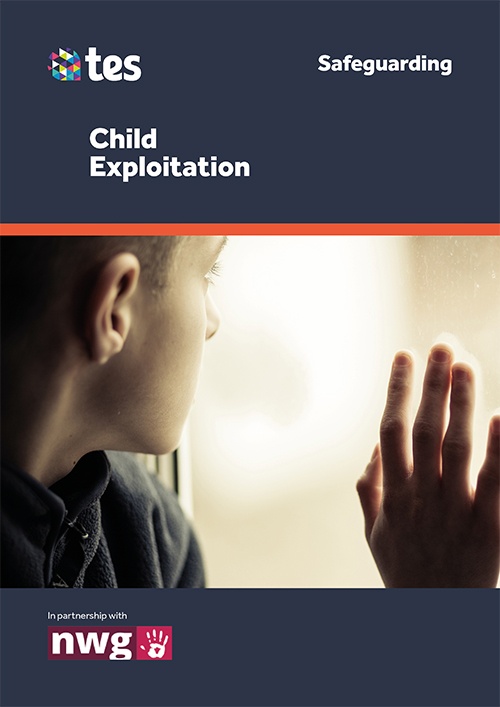
Child Exploitation
Child exploitation refers to a child or young person being used for someone else’s gain. Child exploitation is a form of abuse which can involve sexual, abusive or manipulative behaviour. The course is produced in partnership with NWG Network, a charitable organisation made up of thousands of practitioners. They offer support, advice and training and raise awareness of child exploitation.
Read moreRaising Awareness of Asbestos
This course covers:
- What asbestos is, its characteristics and where it is liekly to be found
- A look at the three main types of asbestos
- Common uses for asbestos
- When and why asbestos is a problem
- Useful statistics on asbestos from the Health and Safety Executive
- What the Control of Asbestos Regulations say
- The responsibilities of those in control or premises
- Details on what not to do when asbestos is present
- A look at property management and a useful checklist for managing anything asbestos-related
Child Exploitation
This course covers:
- Models & forms of exploitation that a child or young person may be subjected to
- A scenario exploring an example case of exploitation
- Physical and psychological signs of exploitation
- Factors that can increase a person's vulnerability
- Short & long-term effects of exploitation and its impact on family members
- Barriers to disclosure
- What to do if you are worried about a child
_500.jpg)
Domestic Abuse: Children and Young People
Every day children and young people experience domestic abuse at home and can suffer a wide range of severe and long-lasting effects. The purpose of the course is to raise your awareness of children and young people who may be experiencing domestic abuse. Written in partnership with SafeLives, a national charity dedicated to ending domestic abuse.
Read more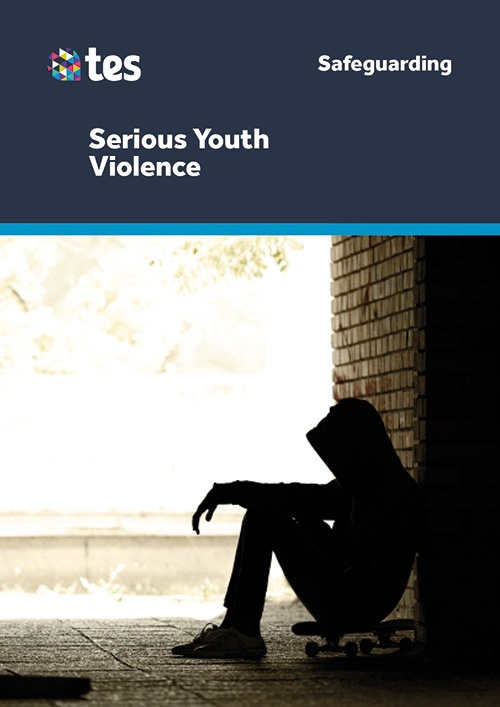
Serious Youth Violence
The impact serious youth violence has on individuals and the community is significant. Written in partnership with The Children’s Society, this course raises awareness of this major issue.
Read moreDomestic Abuse: Children and Young People
The purpose of this course is to help you understand:
- What domestic abuse is and what forms it can take
- What controlling and coercive behaviour is
- The prevalence of domestic abuse
- They key risk factors to be aware of
- Some of the trigger events that can lead to violence
- The impact domestic violence can have
- What protective factors there are
- What to do when you suspect a child or young person is witnessing and/or experiencing domestic abuse
- What support, help and advice is available
Serious Youth Violence
The purpose of this course is to help you understand:
- what is meant by the terms 'serious youth violence'
- how serious youth violence impacts upon communties
- what we already know about serious youth violence
- the vulnerabilities and risk factors that can lead to criminal exploitation
- the process of recruitment and the four main stages; targeting, experience, hooked and trapped
- child criminal exploitation, county lines and their definitions
- what a gang is and the terminologies such as 'gang', 'youth group' and 'serious organised crime group'
- further information on 'Organised Crime Groups' (OCG) and 'Serious Organised Crime Groups' (SOCG)
- details on a report from the Children's Commissioner
- it is estimated there are 27,000 children in England who self-identify as being gang members
- tens of thousands more are said to be on the periphery
- current statistics published by The Office of National Statistics
- the reasons why young people say they carry weapons and the different criminal offences associated
- contextual safeguarding and the importance of early intervention
- signs and behaviours to look out for and case studies
- next steps to take
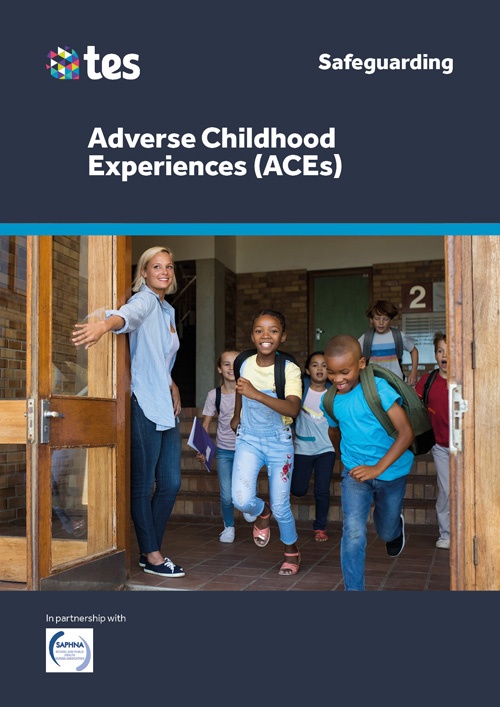
Adverse Childhood Experiences
The purpose of this course is to help you understand what adverse childhood experiences are and how they may affect children growing up. Using statistical evidence, the course also highlights the potential impact that ACEs can have in adulthood. Not everyone who has been exposed to ACEs will have negative outcomes, but understanding ACEs will help support the work and relationships you have with children.
Read moreAdverse Childhood Experiences
The purpose of the course is to help you:
- understand what ACEs are & the two main categories
- understand trauma including the concept of 'Fight, Flight or Freeze' mode
- understand the term toxic stress and its effects on the developing brains of children and adolescents
- understand attachment theory and the differences between secure and insecure attachment in children
- be aware of the potential negative impact (supported by statistics) that being exposed to ACEs
- understand what the protective factors are
- understand what children and young people who experience trauma need to enable them to cope
- improve your listening skills to help you understand the child’s perspective and offer them appropriate support
- understand resilience and how working with parents can help a child become more resilient
- understand what you can do to help break the cycle of ACEs when working with children and families.
Compliance Courses
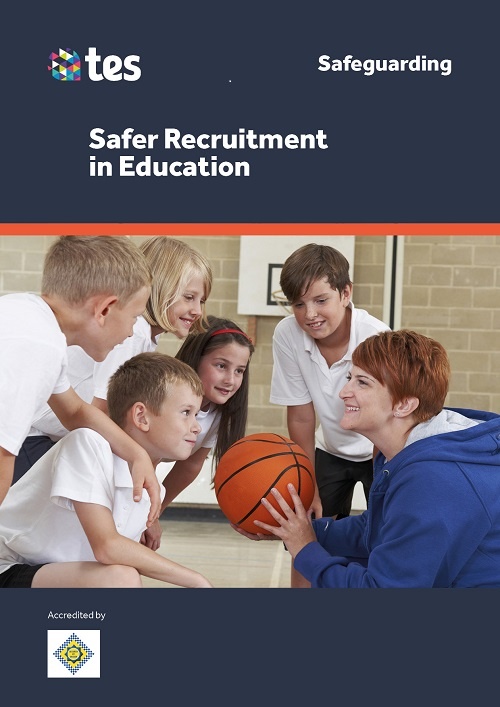
Safer Recruitment in Education
This course on safer recruitment looks at what you need to do to safeguard children and young people from unsuitable people who might apply to join your education setting.
Read more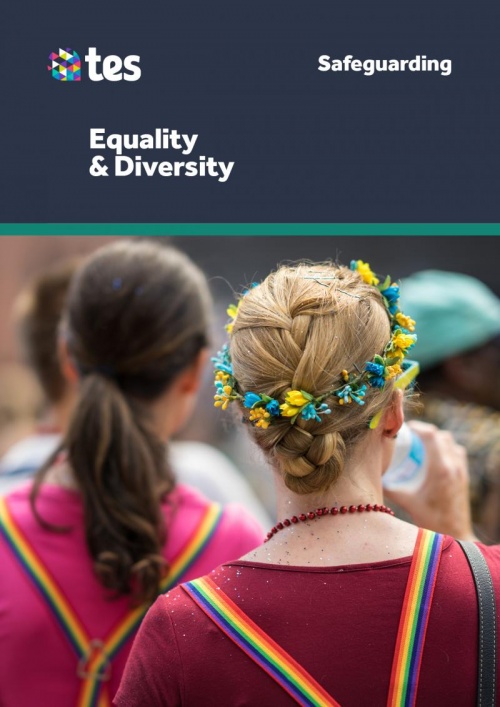
Equality & Diversity
This two module interactive course is for all employers and employees who would like to learn about what Equality and Diversity policies are and what implementing them looks like in an organisation.
Read moreSafer Recruitment in Education
This four module course delivers four CPD hours and comprehensively covers:
- the four key stages of the recruitment process
- pre-recruitment planning and what must be in place before you advertise your post
- rejecting candidates and meeting the right ones
- obtaining the correct checks and references, including what's required from a DBS check
- post-recruitment activities, including observation and supervision
Equality & Diversity
This two module course delivers two CPD hours and comprehensively covers:
- what equality and diversity mean and how they affect you
- barriers that can prevent equality from being realised such as prejudice, stereotyping, discrimination, victimisation and harassment
- key legislation and both employer and employees’ responsibilities in relation to it
- the Equality Act 2010 and the ‘protected characteristics’ that form the basis of the law
Health and Safety Courses
_500.jpg)
Administration of Medication in Schools
Schools and early years settings must have a policy and procedures in place for the administration of medication to children and young people. This course contains statutory and non-statutory guidance on the operation of such a system and the responsibilities of staff and parents.
Read more
Food Hygiene and Safety
This Food Hygiene & Safety course is specifically designed for those who prepare and handle food.
Read moreAdministration of Medication in Schools
The purpose of this course is to help you understand:
- The laws that apply to the administration of medication
- The principles for safe practice in administering medication
- The training requirements for schools, including how to administer prescribed medicine and awareness training for relevant medical conditions
- The requirements for record keeping, including consent forms and records of all medicines administered to individual children
- Planning for activities outside of school, such as school trips and residential visits
- The policies and procedures schools should have in place
Food Hygiene and Safety
This four module course delivers five CPD hours and comprehensively covers:
- how bacteria can cause food-borne illness
- recognising high risk foods and food allergies
- contamination and food spoilages and how to control it
- effective hygiene
- the importance of storage
- HACCP and the law
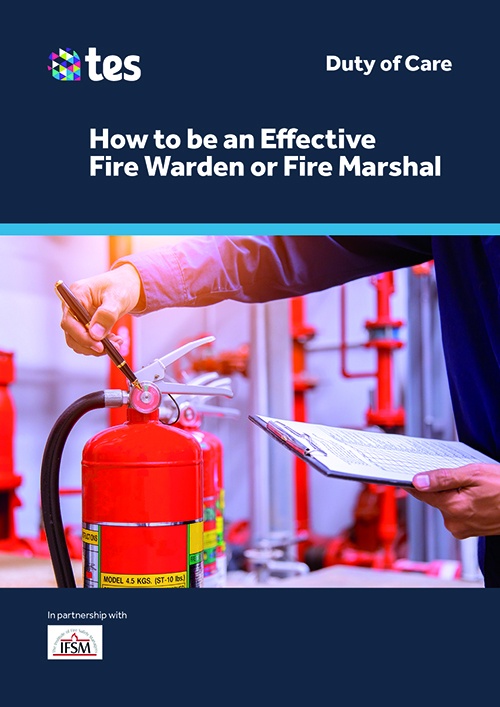
How to be an Effective Fire Warden or Fire Marshal
This course is aimed at employees who undertake additional fire safety roles and responsibilities in the form of fire marshals or fire wardens as part of their daily duties.
Read more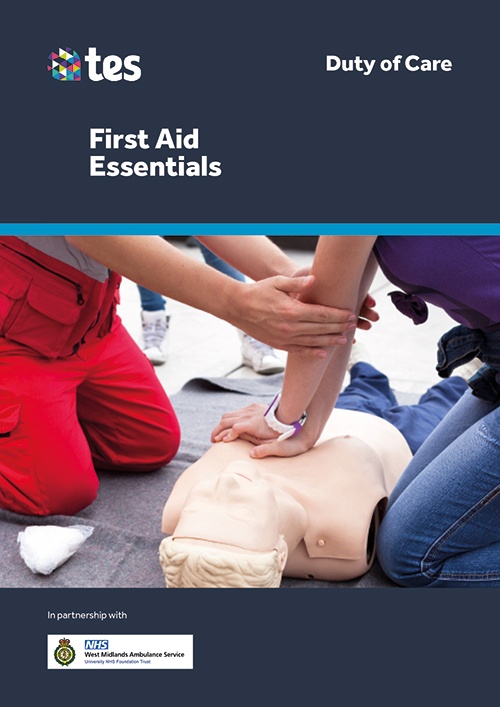
First Aid Essentials
First Aid Essentials aims to give the confidence needed to react in an incident when someone urgently needs help.
Read moreHow to be an Effective Fire Warden or Fire Marshal
This course covers:
- the importance of effective fire safety procedures
- the legal position and the requirement for effective safety management systems that demonstrate statutory compliance
- what should be included in a fire policy and procedure
- the systems required to ensure the safety of vulnerable people such as employees or visitors with disabilities
First Aid Essentials
This three module course delivers three CPD hours and comprehensively covers:
- providing basic life support
- how to react in life threatening situations
- how to deal with someone who is choking, drowning, seizing, bleeding or having an allergic reaction
- what to do if somebody has a broken bone or experienced a burn
- how to handle day-to-day incidents such as nose bleeds, insect bites, stings, sprains and strains and sunburn
_500.jpg)
Concussion Awareness
Everyone involved in sport and education has an important role to play in the management of concussion and this course is designed to provide the essential knowledge to help keep everyone safe.
Read more_500.jpg)
Moving and Handling
This course is aimed at employees who undertake moving and handling inanimate objects as part of their daily activity.
Read moreConcussion Awareness
This course provides an overview of what a concussion is, how signs and symptoms may present in an injured person and how to manage the injury.
By the end of the course you will:
- understand what concussion is
- recognise the signs and symptoms that may suggest a concussion has occurred
- learn what the immediate and ongoing management of concussion should be
- be familiar with the “red flags” that indicate an injured person should be transferred for urgent medical assessment
- be able to identify what the risks are following a concussion and how they can be minimised.
Moving and Handling
This course can be used as part of an employee’s induction programme, as a demonstration of employee theoretic competency and/or as refresher training.
The aim of the course is to guide you through:
- the legal position
- appreciating the costs related to moving and handling injuries
- the TILE assessment process
- understanding and appreciating the principles of safe lifting techniques
- identifying effective control measures that can be used to reduce the risk of injury
- supporting your
organisation to develop a positive health and safety culture, with the application of a sensible proportionate approach.
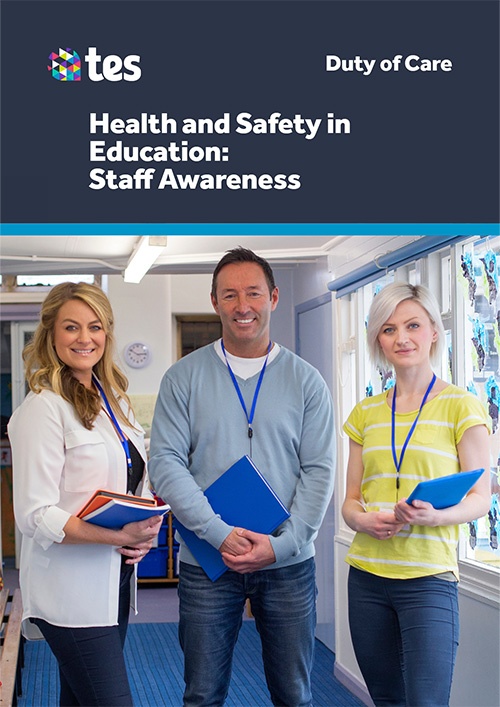
Health and Safety in Education: Staff Awareness
This course is aimed at those who work within any educational establishment.
Read more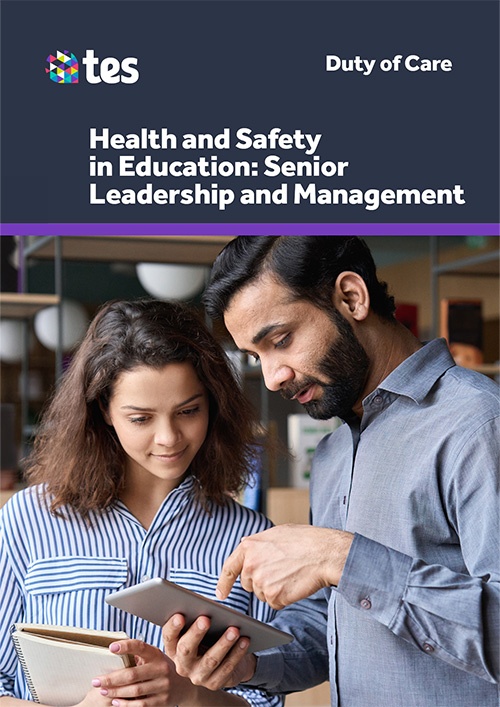
Health and Safety in Education: Management Team
This specific course is aimed at Senior leadership teams who are looking to set up Health and Safety Executive compliant systems policies and procedures for their staff.
Read moreHealth and Safety in Education: Staff Awareness
This course covers:
- The legal position and who enforces health and safety law in the UK.
- Health and Safety policies and procedures.
- Risk assessments - including the HSE’s 5-step process for undertaking them.
- The importance of communication, co-operation, co-ordination and consultation in your organisation.
- Statutory inspection, maintenance and monitoring of systems and equipment.
- Specific health and safety considerations including fire/emergency procedures, first aid, display screen equipment, working at height, manual handling, hazardous substances, electricity, welfare, asbestos, water hygiene and lone working.
Health and Safety in Education: Management Team
This course covers:
- Recent health and safety statistics.
- Statutory compliance - the legal framework and who enforces health and safety law in the UK.
- Leadership and governance arrangements for managing health and safety, using the Plan, Do, Check, Act process.
- Policies and procedures.
- Performance management and monitoring to ensure systems remain effective and highlight gaps in performance.
- The importance of staff training to embed a health and safety culture.
- Risk assessments including the HSE’s 5-step process.
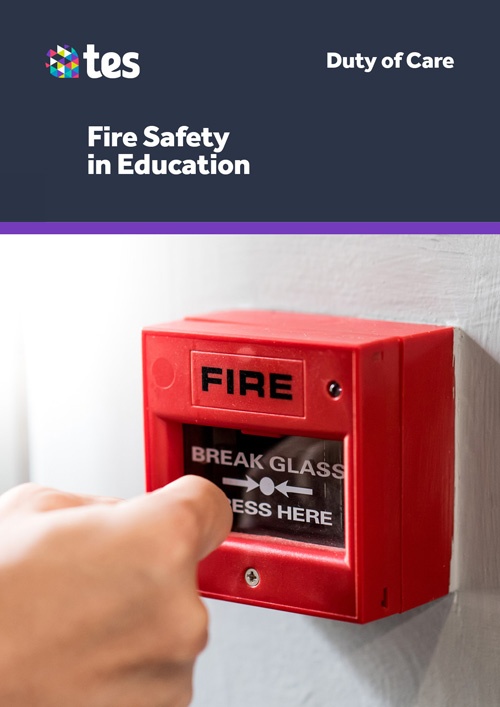
Fire Safety in Education
Fire Safety in Education provides the fundamental information needed to protect any education premises against fire.
Read more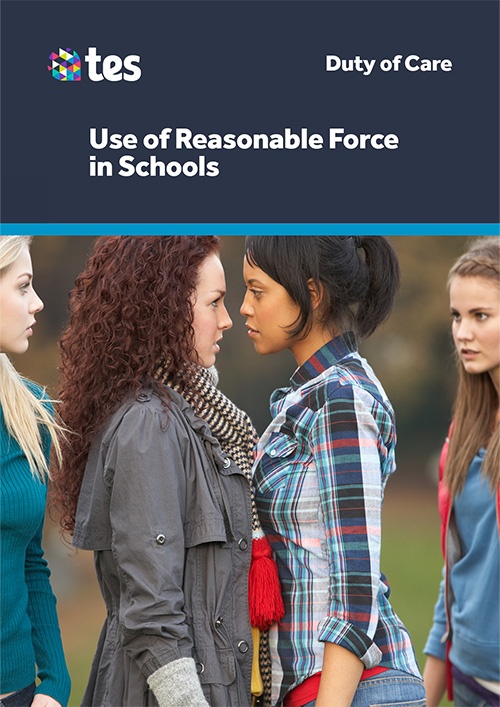
Use of Reasonable Force in Schools
Whilst the use of reasonable force in schools should be seen as a last resort in handling a serious incident, this course explains when and how it may be used.
Read moreFire Safety in Education
This four module course delivers four CPD hours and comprehensively covers:
- the importance of fire safety training including legislation
- the nature of the fire
- fire hazards
- what to do in the event of a fire
- how to use a fire extinguisher
Use of Reasonable Force in Schools
The main objectives for this course are:
- Understand what reasonable force is and who can use it
- Learn when reasonable force can be used
- Understand what happens in situations when reasonable force has been used
- Identify good practice about incidents involving reasonable force

Raising Awareness of Asbestos
The purpose of this course is to help you understand what asbestos is, where it was used and the reasons why. It also covers asbestos regulation and good management for when asbestos is present.
Read moreRaising Awareness of Asbestos
This course covers:
- What asbestos is, its characteristics and where it is liekly to be found
- A look at the three main types of asbestos
- Common uses for asbestos
- When and why asbestos is a problem
- Useful statistics on asbestos from the Health and Safety Executive
- What the Control of Asbestos Regulations say
- The responsibilities of those in control or premises
- Details on what not to do when asbestos is present
- A look at property management and a useful checklist for managing anything asbestos-related
Wellbeing Courses
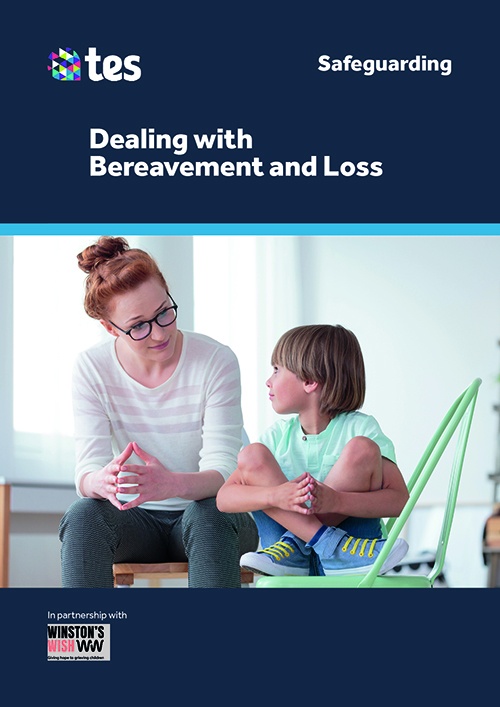
Dealing with Bereavement and Loss
Produced in partnership with Winston’s Wish, the UK’s first childhood bereavement charity, this course will help you understand what needs to be in place to support everyone involved with a bereavement in a school or college.
Read more_500.png)
Online Safety
The purpose of this course is to help you understand how technology is changing, the nature of children and young people’s online world, and the risk and protective factors when going online. The course has a wide range of practical advice on what can be done by you as an individual and by any organisation you work for. The course was written in partnership with Childnet International, a non-profit organisation working with others to help make the internet a great and safe place for children.
Read moreDealing with Bereavement and Loss
The course covers:
- the effects of grief on a child or young person
- how a death may impact school life, and how information about the death should be shared with pupils and staff
- how to manage potentially difficult topics and avoid unnecessarily painful comments when communicating with a bereaved pupil or student
- how to communicate with children and young people about tragic events in the media
- the factors relating to how children or young people will respond to a death
- how to ensure the bereaved pupil or student’s needs are respected and supported by all staff who come into contact with them
- what should be included in a bereavement policy and the guidance staff need to support everyone during a potentially difficult time
- when to seek further help and support on bereavement for children or young people, their families or even staff members within the school.
Online Safety
This two-module course will help you to understand the following:
- Understanding Online Safety
- Violent and extreme content
- Potential risk factors
- Types of content
- How children can make and receive contact online
- Conduct (e.g. Sexting, Online reputaton)
- The law and statutory guidance
- Developing a Safe Online Culture
- Positive conversations
- Reporting
- Promoting good practice
- Scenario (Short-term & long-term actions)
- Further support available
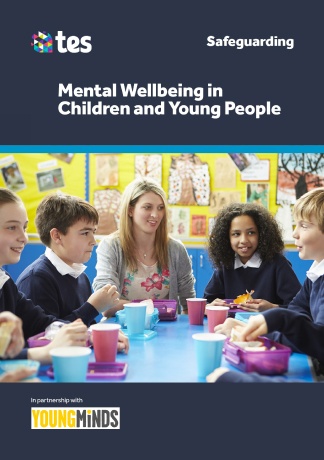
Mental Wellbeing in Children and Young People
This course looks at mental health and emotional wellbeing in young people, highlighting some signs and symptoms, along with myths and the stigma associated with mental health issues.
Read more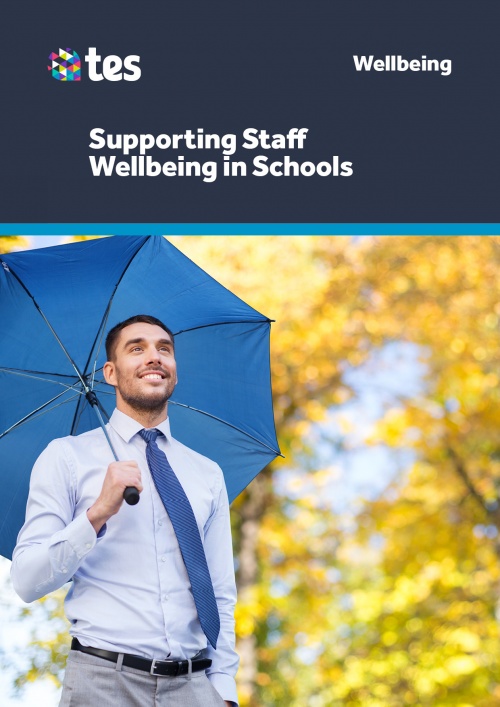
Supporting Staff Wellbeing in Schools Online Course
Staff wellbeing is of critical importance to schools, and whether you want to focus on your own wellbeing or are looking out for your colleagues, you will find information, guidance and support in this course. It considers the meaning of wellbeing, its impact on individuals and the workplace, common mental health issues and the causes of work-related stress. The course also explores what positive staff wellbeing means in practice, and how you can help to create it for yourself and your school.
Read moreMental Wellbeing in Children and Young People
After completing this course you will:- Understand what mental health is in the context of the mental health continuum.
- Be able to identify some common issues faced by young people with regard to mental health.
- Recognise some of the signs and symptoms that indicate mental health issues in young people.
- Understand key risk factors that make some young people vulnerable to mental health issues.
- Learn about protective factors that build resilience in young people and some of the myths and stigma surrounding mental health issues.
- Pick up practical advice to help you support young people’s mental health and emotional wellbeing.
Supporting Staff Wellbeing in Schools Online Course
Staff wellbeing is of critical importance to schools, and whether you want to focus on your own wellbeing or are looking out for your colleagues, you will find information, guidance and support in this course. It considers the meaning of wellbeing, its impact on individuals and the workplace, common mental health issues and the causes of work-related stress. The course also explores what positive staff wellbeing means in practice, and how you can help to create it for yourself and your school.
Courses Coming Soon
We are always adding new courses to our package. As an EduCare for Education customer, your learners will be able to access these courses as soon as they are released, at no extra cost. Click here to find out more.
Need more information?
Email us
You can also call us on 01926680748.
